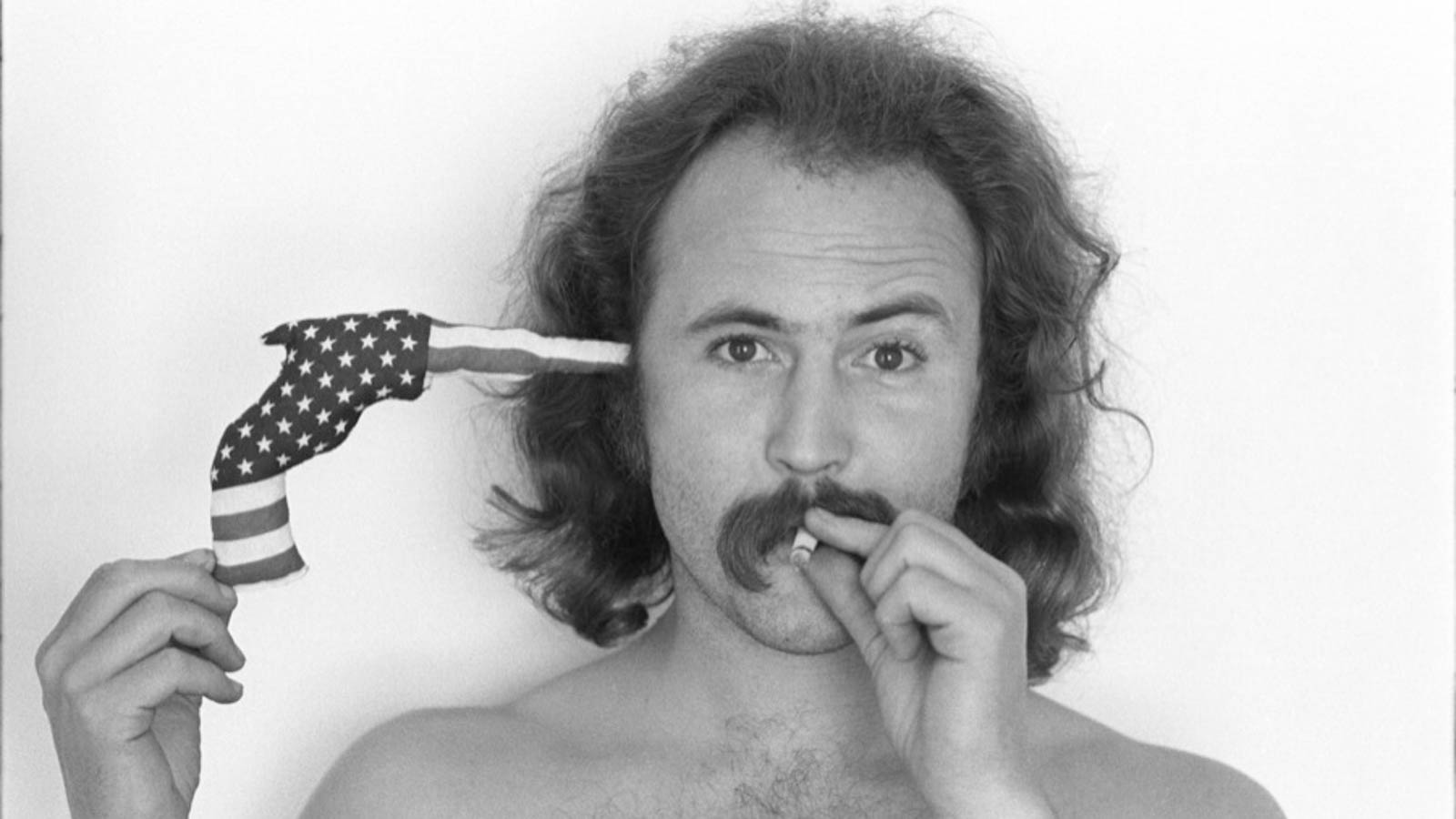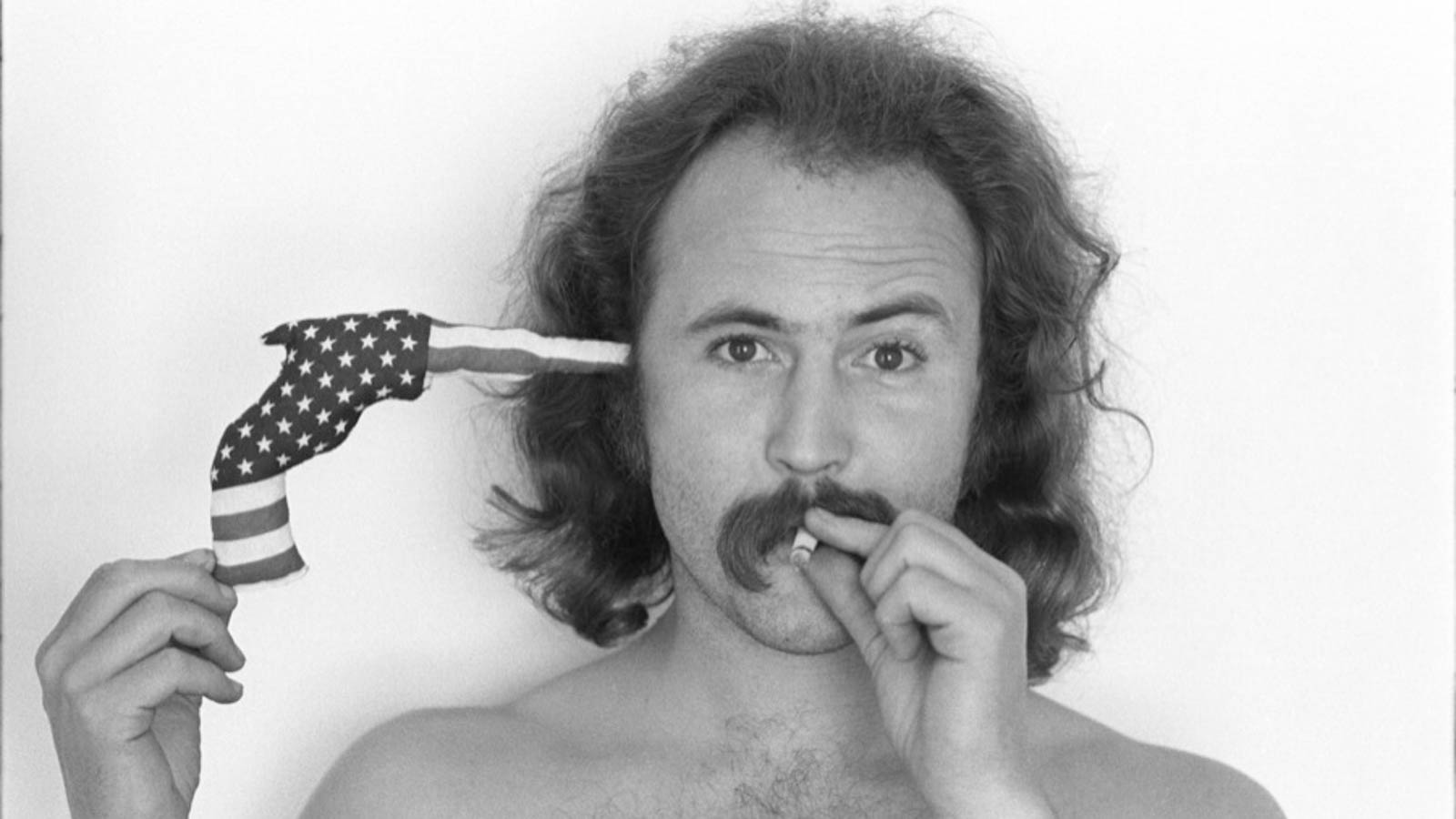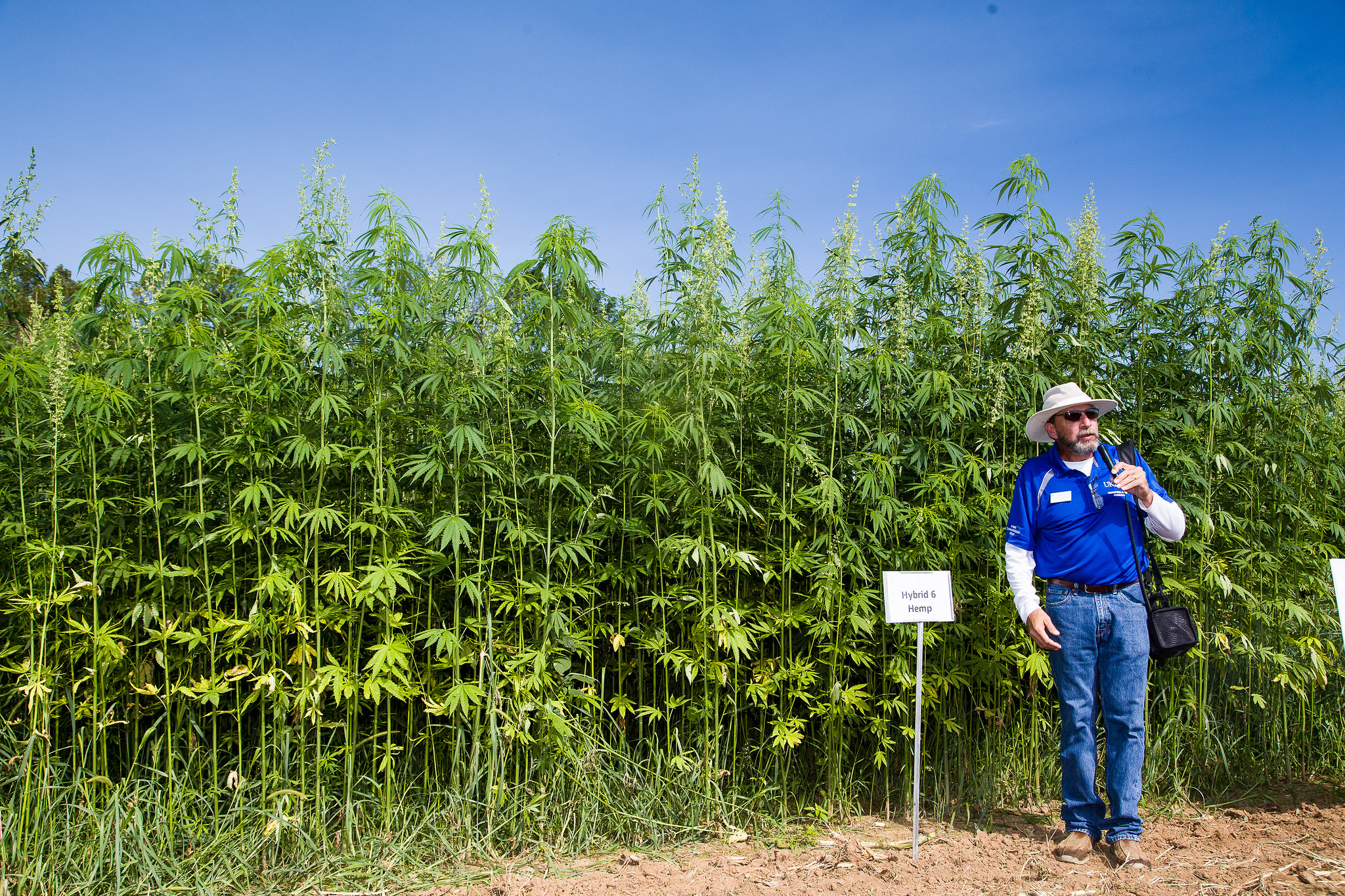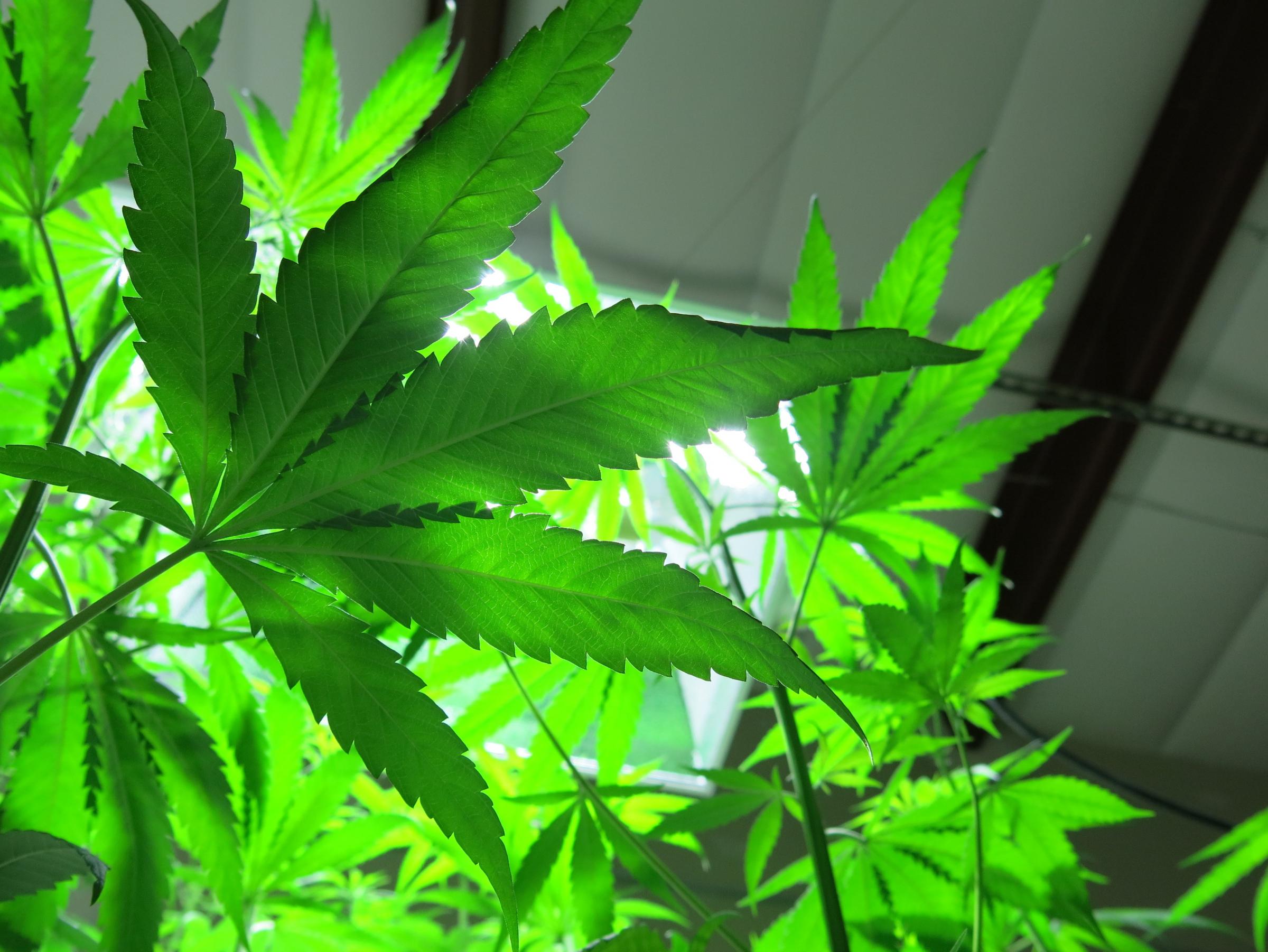
Think about some of the most iconic rock and roll musicians of all time: Crosby, Stills & Nash, Neil Young, The Eagles, Eric Clapton, James Taylor, Paul McCartney, Joni Mitchell, Jimi Hendrix. Not only has Henry Diltz photographed their live performances and album covers, he’s also smoked weed with every single one of them.
As a touring banjo player in the mid-1960s, Diltz’s transition from performer to photographer was a natural one. To break up the monotony of the road, he picked up a camera at a secondhand shop, popped in a roll of film, and started taking pictures of his fellow musicians and friends. Since then, Diltz has photographed some of music’s most famous faces both on stage and in their most intimate moments.
According to Diltz, marijuana is largely responsible for the music that came out of Laurel Canyon during the 1960s and 1970s as well as the photographs that captured the time. He smoked weed to notice more, feel more, and understand the world around him. In fact, Diltz said he never would have bought that camera if he hadn’t been just a little bit high.
Without a doubt, Diltz’s photographs captured many historical moments in music. But more than that, they show a rare glimpse into how our relationship with cannabis isn’t so different than the generations before us. It’s the same plant, the same ritual of rolling a joint, and the same communal aspect of passing it around — even if our smoke sessions don’t include David Crosby, Joni Mitchell, or Eric Clapton.
WeedMaps News sat down with Diltz to ask him about the evolution of cannabis culture and his experience as the official photographer at the original Woodstock festival in 1969.
Q: How did you end up taking photos at Woodstock?
A: My phone rang in my kitchen in Laurel Canyon and it was an old friend of mine, Edward Herbert Beresford Monck, who we called Chip Monck. He was often the lighting guy when I’d tour with my folk group. He said, “Henry, we’re having a huge music concert in a few weeks and you ought to come out here.”
Q: What was that experience like?
A: I would spend each day in the middle of a field with alfalfa blowing in the wind and all of these hippie carpenters hammering and sawing and building the huge stage. Every day they would all pile into their school bus and drive a couple of minutes to a lake and everyone would get out, take all of their clothes off, and jump in the water. I went swimming a few times; I had a great time. It was like summer camp for me.
Q: And then people started to show up.
A: One day I was very surprised to see about eight to ten people sitting up on top of the hillside. I thought, “What are those people doing up there? Oh, that’s right. We’re going to have big concert.” That was a couple of days before the concert and the next day there were probably hundreds of people. Then it was just crazy. That whole hillside was just a sea of faces as far as you could see. They didn’t have time to build fences or gates and it was a free concert with no limit. So, you know, 450,000 people showed up. It was amazing.
Q: How did cannabis influence your experience?
A: I like to call it God’s herb, because it is. It’s a plant that’s been put here that grows and you smoke the flowers of it and it’s a very wonderful thing that puts you in the moment. You say Woodstock wouldn’t have happened without it. I say, how do you think all of that music got written?
Jazz musicians famously smoked pot; they called it gage. Louis Armstrong smoked grass and he wanted his band to smoke rather than drink. If they drank, they played sloppy. If they smoked a little,, they would really play because it heightens your senses.
Q: If you didn’t smoke weed, do you think you would have become a photographer?
A: No, I don’t think so. I was a musician and happy to be a musician. I would’ve stayed a musician. I went to college and studied psychology. I was interested in people. I don’t know what I would’ve done, but I wasn’t thinking photography. Marijuana is like magic photo dust to me and makes me see things I want to take pictures of. I started photographing my friends and the people I sang with in Laurel Canyon. We’d all go to each other’s house and I would just photograph wherever I was, whoever was there, whatever was happening.
Caption: Joni Mitchell, David Crosby, and Eric Clapton stay at the Laurel Canyon House of Mama Cass Elliot of the Mamas and the Papas in Los Angeles. (Photo by Henry Diltz)
Q: What’s going on in this photo?
A: Mama Cass (Elliot of the Mamas & the Papas) invited David Crosby and I and a dozen other people to her house in Laurel Canyon. David brought his protege, this young girl he’d discovered at a little folk club. He was just recording her first album. That was Joni Mitchell. We were sitting on the lawn under some birch trees. Crosby was smoking a joint and in the picture he’s handing it to me, as that was always the move. Joni is sitting there playing her entire first album that no one had heard yet and Eric Clapton was sitting there just staring at her fingers because he couldn’t believe what he was hearing.
Q: Did you smoke weed with all of these famous musicians?
A: I looked at 80 pictures of mine on the walls of the Morrison Hotel Gallery in New York City and I had honestly smoked with every single person in there. In the ’60s and ’70s, I don’t think I would have ever taken somebody’s picture without having a smoke either before or during. It was such a way of life.
It’s rare that you’d ever pass a joint to someone and they’d say no thanks. All of my friends were musicians. Aside from us, not a lot of people smoked. When we were on the road, you’d never see it. It was never mentioned. It was a totally secret thing that you would do.
Q: How do you think weed culture has changed since over the past few decades?
A: Micky Dolenz used to say, “If they ever legalize this stuff, it’s not going to be fun anymore. It’s a secret thing we share that most people don’t know about or do.” We wouldn’t be breaking the law together and doing something kind of secret and cool. Maybe it is that way a little bit. But I think it’s wonderful that people aren’t going to get thrown in jail anymore for smoking it. I do. I really wish everybody understood that they should be careful smoking it, though. You know, smoke a little and let it do its thing.
David Crosby smokes a joint in 1970 while holding a American flag pistol-shaped pillow to his head. (Photo by Henry Diltz)
Q: Let’s get back to your photos. The image of David Crosby holding an American flag gun to his head is really famous. What’s the story behind this picture?
A: It was the first tour of Crosby, Stills, Nash, and Young in 1970. They were in Minnesota at a Radisson hotel where they were staying for a couple of days. Crosby was sitting on the bed smoking a joint with his back against the wall. He was talking on the phone to Bob Dylan at one point and then a couple of girls. Then there was a knock at the door and Graham Nash opened it and said, “Hey, Cros, some fan made this for you.” He tossed this little pillow flag gun and Crosby, without missing a beat, picked it up and held it to his head. I took a couple of shots, then I took a toke. There’s a couple of frames where the smoke is going up, covering his face.
Q: How do you think this photo speaks to the time?
A: To me, that represented the country pointing a gun at his head. He’s doing something illegal right there and there’s an American flag in the shape of a gun. It’s highly symbolic in some way.
Caption: Glenn Frey of the Eagles receives a joint from photographer Henry Diltz in 1974, who is taking the photo. (Photo by Henry Diltz)
Q: Who’s passing the joint to Glenn Frey here?
A: That’s me. I was in a little Piper Cub with the Eagles and their road manager and I’m taking photos and smoking a joint all at the same time. It was maybe an hour-and-a-half flight or something and we were just having a little toke.
Caption: Neil Young pretends to pass a joint to a dog in 1971. (Photo by Henry Diltz)
Q: Is Neil Young passing a joint to a wolf in this photo?
A: That’s a dog. His name was Harte, named after the writer Bret Harte. I would go up to Neil’s ranch in Northern California with my graphic artist partner Gary Burden, who designed all of Neil’s album covers. We would spend the night at Neil’s ranch and we’d all get up in the morning, have a cup of coffee, and then walk around the ranch smoking up.
Caption: Album cover artist Boyd Elder and David Crosby share a joint, date unknown. (Photo by Henry Diltz)
Q: What’s going on in this photo?
A: That’s Boyd Elder and David Crosby. Boyd was an artist from Marfa, Texas. He was the one who designed the cow skull on The Eagles album cover “One of These Nights.” He was a part of the gang and a good friend of everybody. We’re just sitting in a little house somewhere in Northern California. Boyd was drawing, Crosby was playing his guitar and he’s passing a joint.
Q: All of the musicians seems so at ease in your photographs.
A: In Los Angeles the musicians were such a tight-knit community. We all knew each other because we all played the same couple of clubs. I always want to be very cool and easygoing. I never wanted to make anybody say, “Hey, do you mind? Quit taking my picture.” And no one has ever said that because I don’t impinge myself in that way. I’m not one of those aggressive photographers. I’m more of the fly on the wall.
Q: Did your relationships change with those people when they became famous?
A: I photographed all of my friends in Laurel Canyon. Lucky for me they became famous and then the pictures were meaningful. We were a karmic group of people. But like any karmic group, people eventually grow up, they get married, they move away.
Henry Diltz’s work can be viewed online and on the walls of the Morrison Hotel Gallery in West Hollywood, California; New York City; and Maui, Hawaii. For inquiries, email Paige Califano at paige@morrisonhotelgallery.com.















